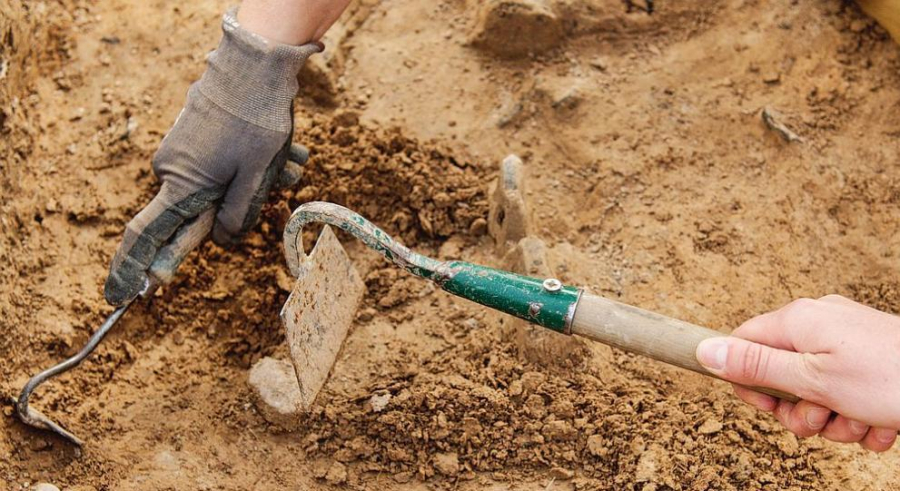Archaeologists discover 18th-century mosque in West Kazakhstan region

A mosque of the 18th century was found in the West Kazakhstan region. At the site, archaeologists discovered not only burnt red bricks, but also pieces of ceramics. According to scientists, the building was 10-meter-wide and nearly 27-meter-long. Its walls were 80 centimeters thick. But most of the structure is underground. Excavations of the mosque were conducted by local historian Murat Kalmenov together with his students. According to the scientist, it was not by chance that they discovered the mosque. The structure is mentioned in literary writings and historical documents. It is believed that the building was deliberately destroyed a hundred years ago.
“The building was made of adobe and red bricks. It is finished with white bricks on the outside. Most likely the locals named it ‘Akmeshit’ because of the facade. The construction was demolished, and then administrative buildings were built from its bricks,” said Murat Kalmenov, PhD Candidate in History.
It is believed that in addition to the mosque, there may be about 200 more buildings on the territory. According to experts, this might be true. After all, the mosque is mentioned in the trilogy ‘Ak Zhaiyk’ by Khamza Yessezhanov. And geographically everything is the same.
“The artifacts that were found suggest that this is the case. This is indicated by geographic data. Abubakir Kerderi was reportedly educated in this mosque,” added Nurlan Sadir, a magazine editor.
According to experts, the area has not been fully explored and it still holds many secrets. Archaeologists can uncover them. Scientists suggest that in the future this place could be an open-air museum.
Translation by Assem Zhanmukhanova
Editing by Galiya Khassenkhanova









